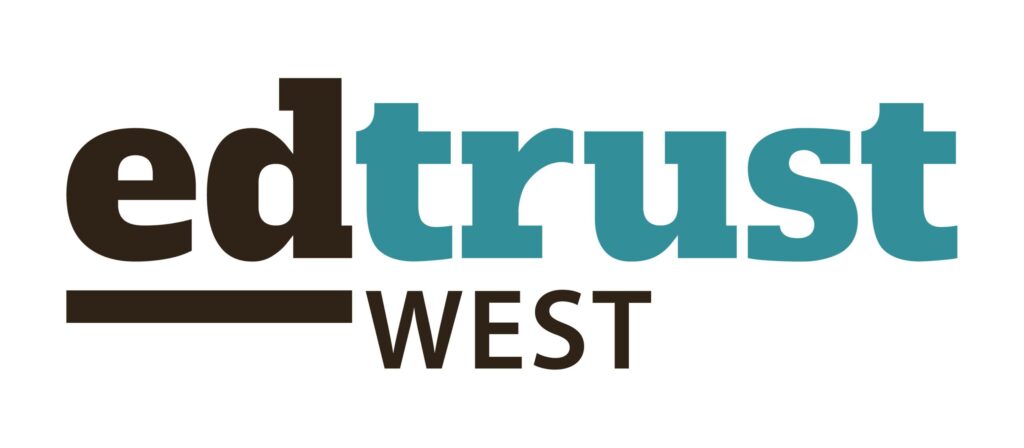OAKLAND, CA (March 21, 2013) As the Linked Learning high school reform initiative expands across California, the results of a two-year study by the EdTrust—West identifies promising practices in Linked Learning schools and districts. However, the study also notes variation in districtwide implementation of these best practices. The results of the study can be found in the new report released today titled, Expanding Access, Creating Options: How Linked Learning Pathways Can Mitigate Barriers to College and Career Access in Schools and Districts.
“Too many students are not achieving college and career success in California,” said Arun Ramanathan, Executive Director of The EdTrust-West, a statewide education advocacy organization that works to close gaps in opportunity and achievement for students of color and low-income students. “Based on our research, we see that Linked Learning has the potential to reduce these inequities and offer students a real connection between academic and career success.”
According to its proponents, the Linked Learning approach aims to prepare students for postsecondary education and careers by connecting academics to real-world applications in school and workplace settings. The study examines the impact of the Linked Learning approach in four schools and three districts. High quality Linked Learning schools mitigated or eliminated traditional high school barriers to student access and success in college-preparatory coursework.
“These Linked Learning schools showed a real commitment to providing every student with meaningful college and career preparation,” said Jeannette LaFors, Director of Equity Initiatives at The EdTrust-West. “Students, parents, faculty, and business/industry partners are all working together to link academic preparation with real life work experiences to deeply engage and motivate students.”
The authors found that students graduated from Linked Learning schools and accessed college- and career-preparatory coursework at relatively high rates. However, students had mixed results on standardized assessments of student achievement such as the Early Assessment Program (EAP). They found that districts expanding Linked Learning have made notable progress, but found wide variation in the implementation of best practices identified at the site level. For instance, districts are offering more college preparatory courses that integrate career and technical education than ever before. However, many of their schools have failed to eliminate practices that can lead to academic tracking by race and class.
The enactment of state legislation (AB 790) is expanding the Linked Learning initiative into dozens of districts through the Linked Learning Pilot Program. The authors recommend that stakeholders hold districts to rigorous standards such as those established by ConnectEd: The California Center for College and Career.
“We found that when implemented with fidelity, the Linked Learning approach can fundamentally transform teaching, learning and educational systems,” said Tameka L. McGlawn, Senior Practice Associate at The EdTrust—West. “As with any initiative, expanding Linked Learning offers promise and challenges. We can and must ensure that Linked Learning intentionally serves all students adequately and equitably,” she concluded.
# # #
About The EdTrust—West
The EdTrust—West works for the high academic achievement of all students at all levels, pre-k through college. We expose opportunity and achievement gaps that separate students of color and low-income students from other youth, and we identify and advocate for the strategies that will forever close those gaps.

